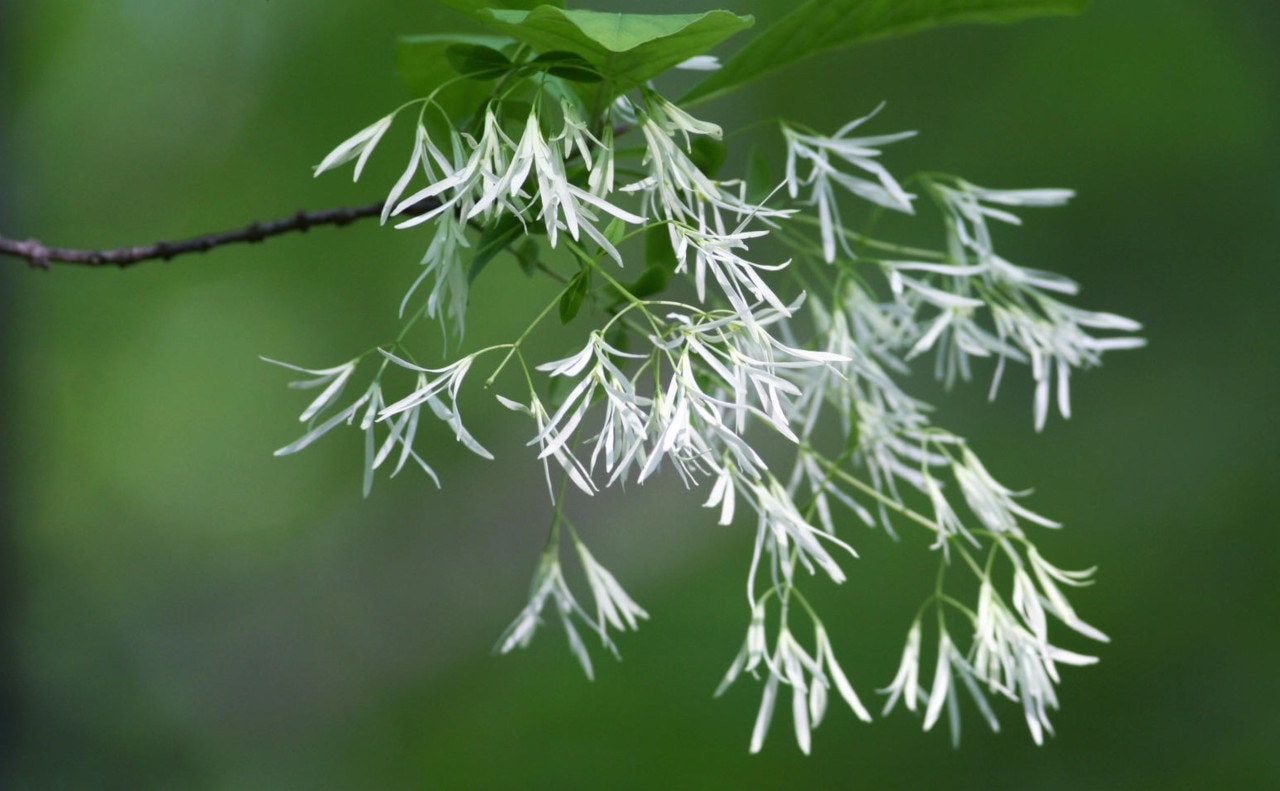Forest Communities
[[translate(episode,'title')]]
[[translate(episode,'audioCredit') || translate(episode,'credit')]][[translate(episode,'title')]]
[[translate(episode,'audioCredit') || translate(episode,'credit')]]Audio Transcript
You are standing in the Carla McKinney Volunteer Garden. You are surrounded by natural beauty, including trees, plants, and animals. If it’s a sunny day, do you notice a temperature change as you enter the shaded space?
Forest Communities: Forests create habitats for wildlife by providing food, shelter, and places to raise their young. Hundreds of insect species feed on oak trees. These insects are an important food source for baby birds. Birds and other wildlife use trees for shelter. Not only do trees provide services for wildlife; they also provide shade, improve soil drainage, and filter pollutants from the air and water. Below the forest canopy, the middle layer of a forest, also known as the understory, contains trees such as redbud, persimmon, sourwood, and fringe trees.
White fringe tree grows up to 20 feet tall and about two feet wide. In the late spring, fragrant flowers with clusters of white fringe-like petals appear. In the late summer, the flower transforms into blue-black colored fruits that are enjoyed by a variety of birds. In the fall the tree’s leaves turn yellow. The bark is a red-brown color. There are several fringe trees located to the right of this sign.
A persimmon tree reaches heights of up to 80 feet tall and over two feet wide. The tree flowers in spring and early summer and produces edible fruit in the fall. The flowers are small, pale yellow, and bell shaped. The bark is dark gray and broken into squares—the deep crevices and texture appears similar to a crocodile. These trees are a bit off the Eco Trail, but feel free to explore the garden on your own time.
If you would like, reach out and touch the images of the flowers of the trees on the right half of the sign. The image of the white fringe tree’s flowers is stacked on top of the image of a persimmon tree’s flowers. While the fringe tree’s flowers are long and white, the persimmon’s flowers are pale yellow with a brown pointed center.
To continue, turn right and walk downward toward the volunteer tool shed. The next stop is 70 feet ahead to the right of the shed entrance. There is a bench located on your left as you walk to the next sign to rest and listen to nature.
White fringetree flowers photo by Will Stuart
